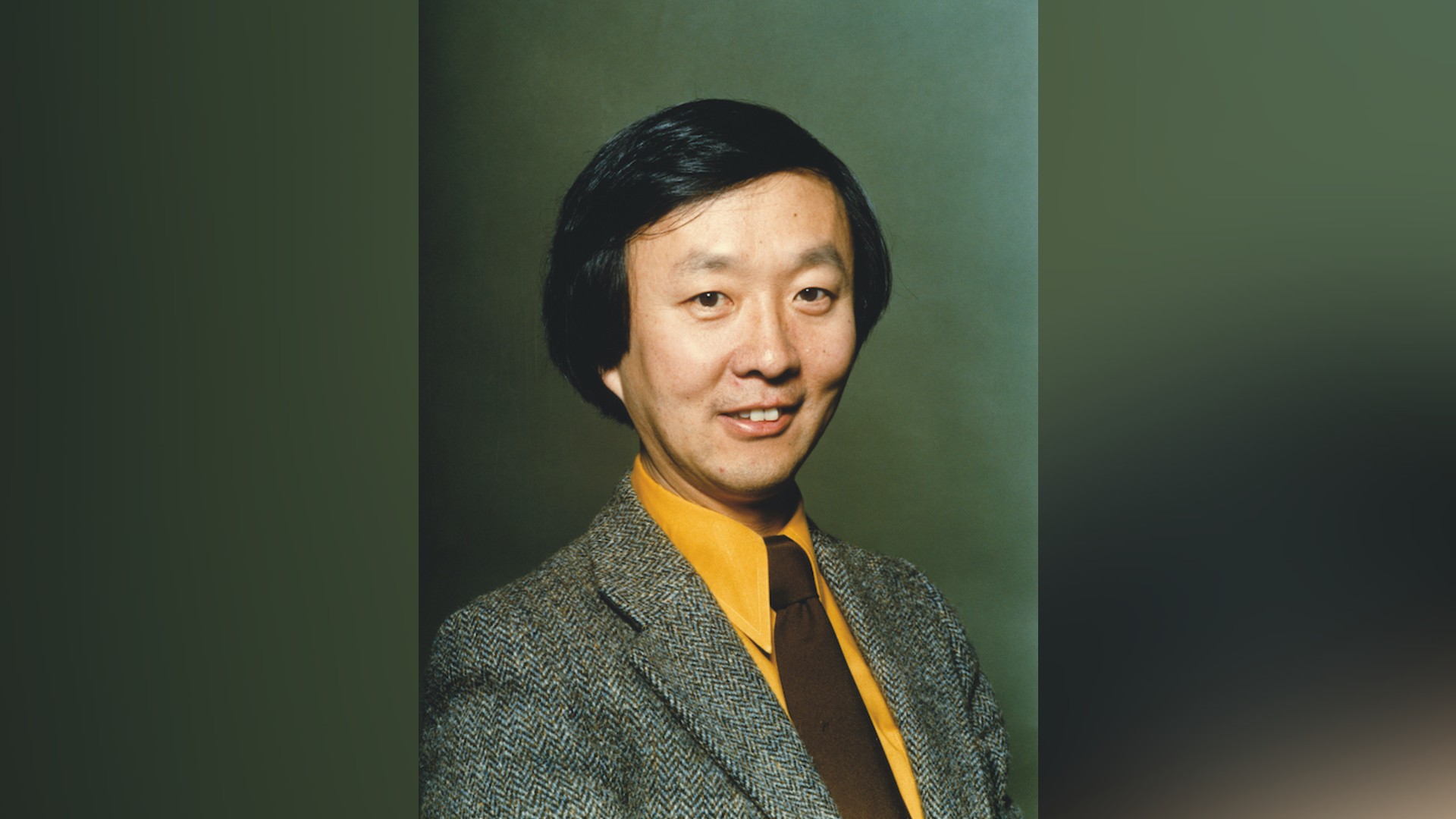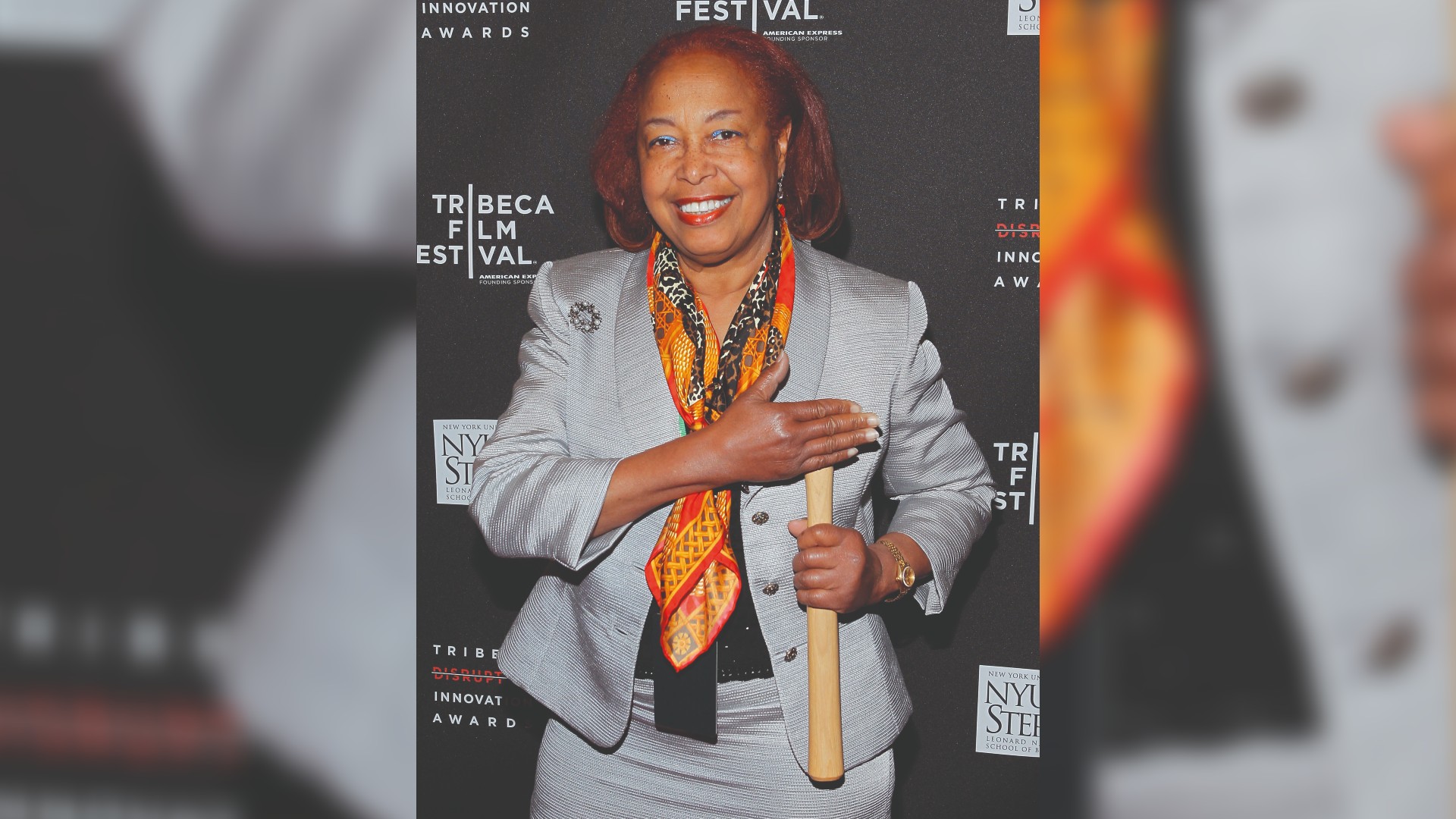7 scientists who helped change the world
They're not as famous as Darwin or Curie, but these heroes made our lives better through groundbreaking achievements.
Charles Kuen Kao: Bringing broadband to the masses
1933-2018
Known as the father of fiber-optic communication, Charles Kuen Kao revolutionized the way we communicate.
In the mid-1960s, Kao proposed a way to deliver information, in the form of light, through fiber-optic cables. The cables consisted of long, glass pipes along which light beams would be fired. To prevent light from leaking out the sides, Kao used purified glass in which the walls of the pipe acted as a mirror for the photons, or light particles, forcing them to bounce within the pipe and continue traveling down the pipe — a phenomenon called total internal reflection, according to the journal Mayo Clinic Proceedings.
Thanks to this innovation, light information can be transmitted across large distances, which is perfect for telecommunications. In 2009, Kao won the Nobel Prize in Physics for the groundbreaking achievement.
Patricia Bath: Zapping cataracts with lasers
1942-2019
As we grow older, our ability to see can become compromised. One common age-related ailment is the development of cataracts. At the front of each eye, a glass-like lens focuses images of the outside world onto light-sensing cells at the back of the eye. As we age, the proteins that make up that lens can slowly break down and turn a once-crystal-clear lens cloudy, according to the U.K.'s National Eye Institute (NEI). In extreme cases, images can be shrouded in darkness.
As Live Science previously reported, more than 90% of Americans have at least one cataract by the age of 65. Half of people between the ages of 75 and 85 have lost some vision because of the condition, according to the University of Michigan Kellogg Eye Center.
Get the world’s most fascinating discoveries delivered straight to your inbox.
Various treatments for cataracts have been around since the fifth century B.C., according to a 2016 article in the journal Missouri Medicine. One of these treatments, called "couching," used a needle to dislodge the cataract away from the visual axis of the eye, enabling the patient to regain their sight, albeit only temporarily.
However, over the centuries, the methods of removing, replacing and obliterating the cloudy buildup have evolved, and a major medical breakthrough occurred in 1986, when Patricia Bath invented the Laserphaco Probe, according to MIT.
Before Bath's pioneering technique was introduced, ophthalmologists would insert a needle into the eye to reach the lens and then use an ultrasound probe to break apart the cloudy cataract. Bath's method replaced ultrasound with lasers, giving doctors the ability to conduct the surgery with greater accuracy and better results.
Two years after inventing the Laserphaco Probe, Bath received a patent for her creation, becoming the first African American female doctor to receive a medical patent, according to The Washington Post.
Flossie Wong-Staal: Cracking HIV's genetic code
1946-2020

Flossie Wong-Staal, a virologist who left Hong Kong for the U.S. in 1964, played a pivotal role in AIDS research. Wong-Staal was working at the National Cancer Institute (NCI) in Bethesda, Maryland, when the AIDS epidemic exploded in the U.S. She was part of the team that first identified the human immunodeficiency virus (HIV) as the cause of AIDS, according to an obituary in The Lancet. Additionally, Wong-Staal and her colleague Robert Gallo cloned HIV and figured out how it hides from the immune system, according to The Lancet. While at NCI, Wong-Staal also devised a blood test to detect HIV.
Christine Darden: Revealing the secret of sonic booms
1942-present

In 1955, at the dawn of the space race between the U.S. and the Soviet Union, NASA employed a team of "human computers" to calculate flight trajectories, propulsion and rocket dynamics. One of these human computers was Christine Darden, who joined NASA's ranks in 1967. Eight years later, Darden started a position at Langley Research Center as one of a handful of female engineers, according to NASA.
Darden's first assignment was to design computer programs to calculate the effects of sonic booms, the incredibly loud noises produced when planes travel faster than the speed of sound. This phenomenon occurs because a hypersonic plane shoves air molecules together, creating a cone of pressurized air that then radiates back and down to the ground in waves, according to NASA.

This article is brought to you by How It Works.
How It Works is the action-packed magazine that's bursting with exciting information about the latest advances in science and technology, featuring everything you need to know about how the world around you — and the universe — works.
While working on the project full time, Darden earned a doctorate in 1983 from The George Washington University in Washington, D.C. For her dissertation, she used her work at NASA to explore the environmental impacts of supersonic transport. An object, such as a plane, that travels faster than the speed of sound creates a shock wave of pressurized air, which can be heard as a sonic boom. The thunderous noise of a sonic boom is caused by the sudden change in air pressure around the plane, according to NASA.
Teams of NASA scientists replicated the booms using wind tunnels and model planes, while Darden used computer models to calculate the effects of the booms. Darden's simulation results matched the wind tunnel outcomes, although Darden's method proved cheaper and more efficient than building a scale model, according to "Distinguished African American Scientists of the 20th Century" (Oryx Press, 1996).
Charles Drew: Invention of the blood bank
1904-1950
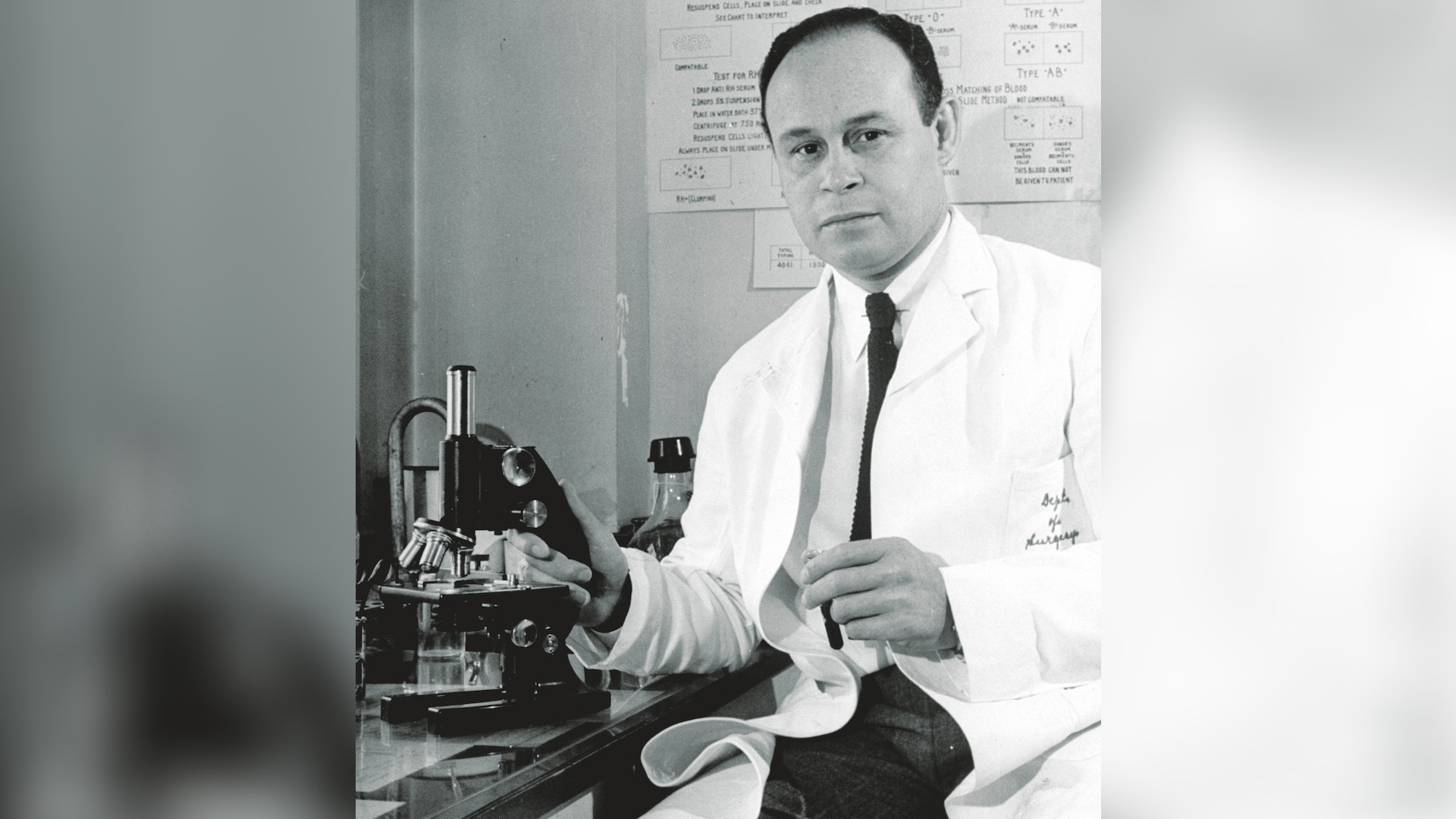
Charles Drew is often referred to as the father of modern-day blood banks. Drew was born in 1904 and graduated from the McGill University Faculty of Medicine in Montreal in 1933. In 1935, he became chief surgical resident at Freedmen's Hospital (now Howard University Hospital) in Washington, D.C., before studying at Columbia University, where he won a fellowship to train at the Presbyterian Hospital in New York City.
Afterward, Drew was assigned to work under John Scudder, who had been granted funds to work on the first-ever blood bank. Having studied blood chemistry, fluid replacement, transfusion and storage, Drew became a leading expert on all things to do with blood.
As the casualties mounted in Europe during World War II, so did the need for blood transfusions. In 1940, the U.S. formed the Blood for Britain project, with the aim of shipping blood overseas, according to the U.S. National Library of Medicine. Drew was appointed head of the project, and he and Scudder devised a way to separate plasma from blood.
Untreated blood needs to be refrigerated to remain viable, but the electrolyte-carrying plasma within the blood does not. If plasma were extracted from the blood and mixed in a saline solution, it could be shipped abroad to Allied troops without refrigeration and remain viable for transfusions. Plasma could also be used regardless of the blood type of the patient receiving it.
By the time the project concluded in 1941, itt had collected 14,556 blood donations and shipped more than 1,300 gallons (5,000 liters) of plasma to the U.K., according to the U.S National Library of Medicine.
The techniques pioneered by Drew were adopted elsewhere, such as by the American Red Cross, and helped to shape modern blood bank drives.
Drew's method of separation
George Carruthers: World's first lunar telescope
1939-2020
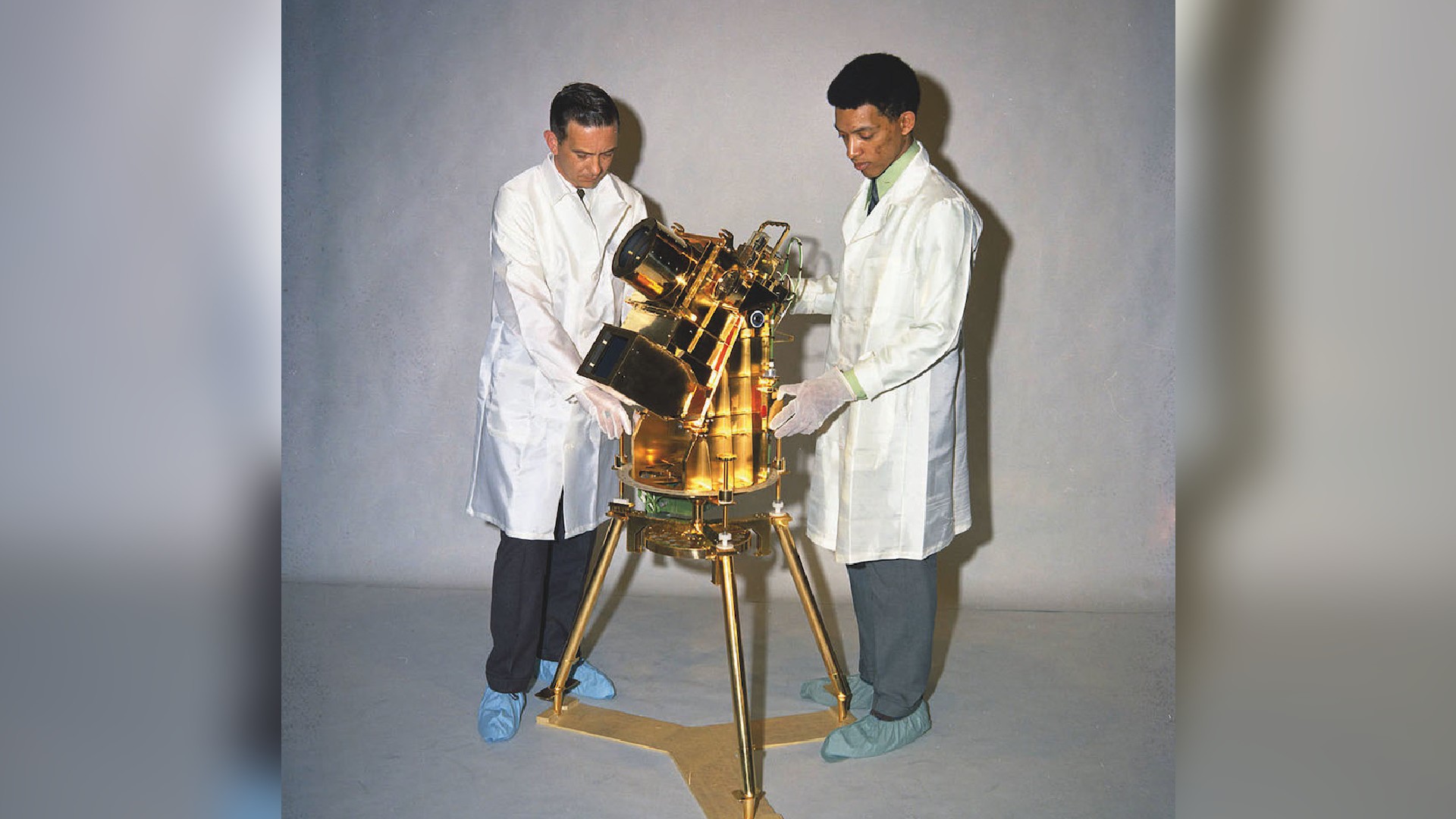
In 1972, scientist George Carruthers opened humanity's eyes to the universe through the lens of his Lunar Surface Ultraviolet Camera (also called the Far Ultraviolet Camera/Spectrograph), according to the Smithsonian National Air and Space Museum. The camera was designed to observe Earth's atmosphere from a perch on the moon and to detect the radiation from stars and nebulas. The camera was shipped aboard Apollo 16 and placed on the lunar surface. While there, it took more than 550 ultraviolet images of stars, nebulas and galaxies across the cosmos. Carruthers' creation also collected data on Earth's atmosphere, including the concentration of pollutants, helping to expand our knowledge of our planet.
Alice Ball: Treating leprosy
1892-1916
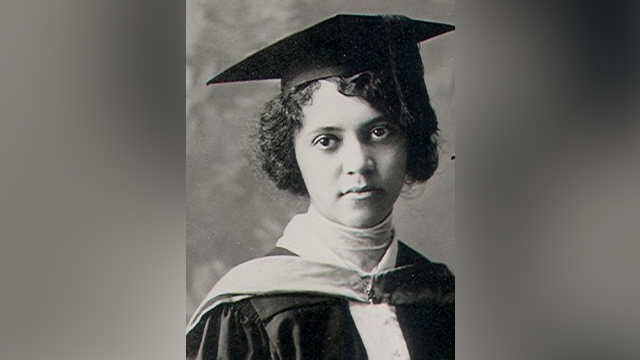
Long before Alice Ball was born, leprosy caused nerve damage and skin lesions in millions of people around the world. In 1873, Norwegian physician Dr. Gerhard Henrik Armauer Hansen discovered that a bacterium called Mycobacterium leprae was the culprit, according to the Journal of Skin and Sexually Transmitted Diseases.
The first modestly successful treatment for the condition used oil from a chaulmoogra nut, which was applied topically, ingested or even injected. Although patients who underwent this treatment sometimes improved, it caused abscesses and nausea, according to the journal Pharmacy History.
In 1915, Ball developed a new method to extract the beneficial compounds from the chaulmoogra nut. At the time, Ball was working toward a master's degree in chemistry, focused on the chemical makeup of the herb kava (Piper methysticum), Live Science previously reported. This work brought her to the attention of Dr. Harry Hollmann, an assistant surgeon at Kalihi Hospital, which was then a treatment center for leprosy patients. While working with Hollmann, Ball developed a new way to isolate the active ingredient in chaulmoogra nut oil. Ball then engineered a water-soluble injection of this extract as an alternative treatment.
By 1918, 78 people who received treatment using Ball's method, were free of lesions and discharged from hospital care, according to New Scientist. This injection became the standard leprosy treatment for decades.
Ball died in 1916, at only 24 years old, before her work could be published. Credit for her revolutionary method was attributed to her colleague and college president Arthur L. Dean, who neglected to mention Ball's involvement in the "Dean Method." Finally, in 1922, Ball received recognition posthumously for her exemplary work when Hollmann dubbed the scientific advancement the Ball Method, according to JSTOR Daily.
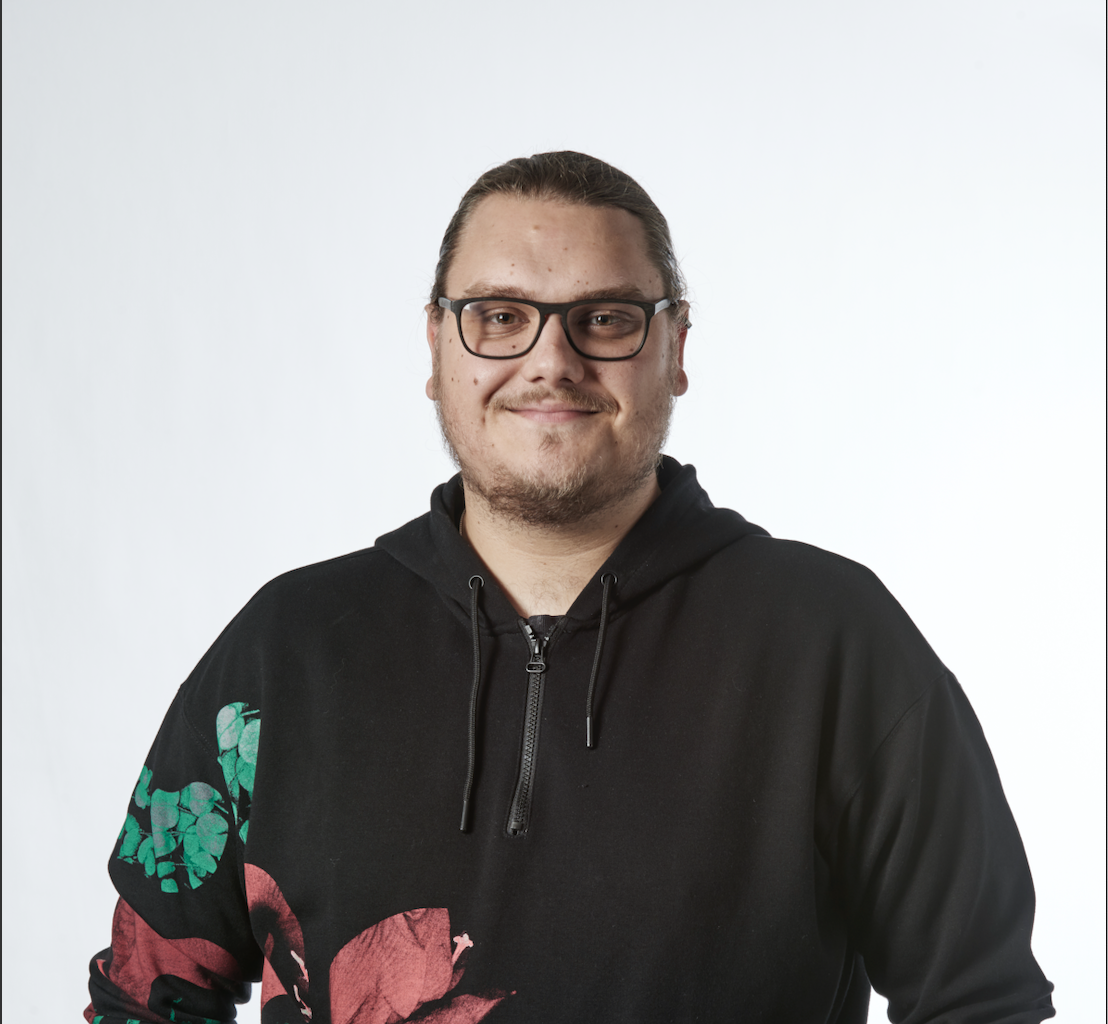
Scott is a staff writer for How It Works magazine and has previously written for other science and knowledge outlets, including BBC Wildlife magazine, World of Animals magazine, Space.com and All About History magazine. Scott has a masters in science and environmental journalism and a bachelor's degree in conservation biology degree from the University of Lincoln in the U.K. During his academic and professional career, Scott has participated in several animal conservation projects, including English bird surveys, wolf monitoring in Germany and leopard tracking in South Africa.

